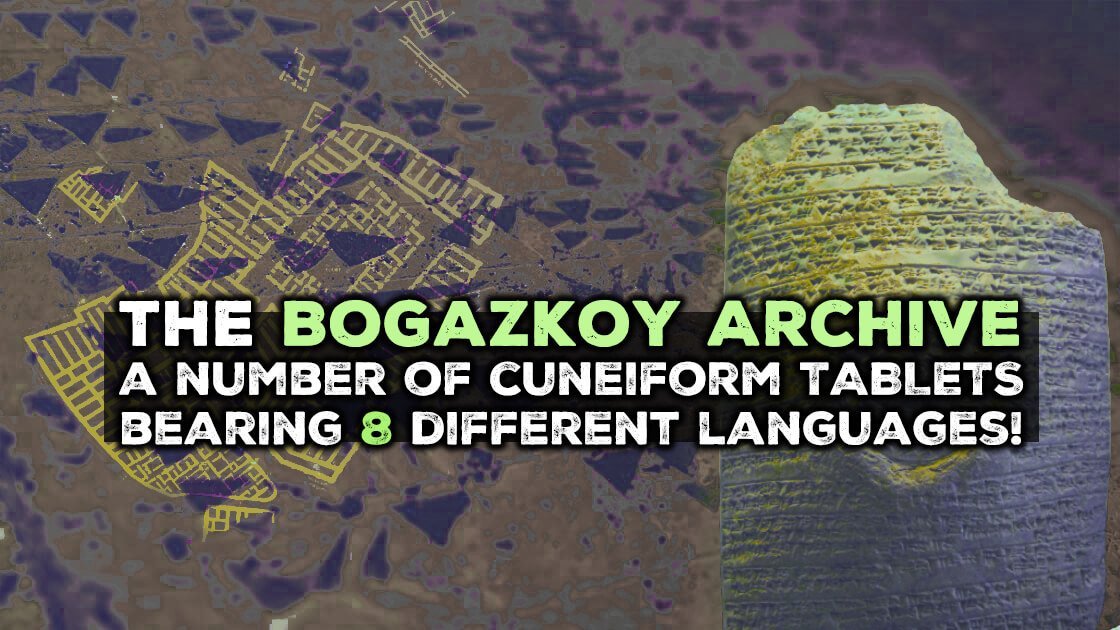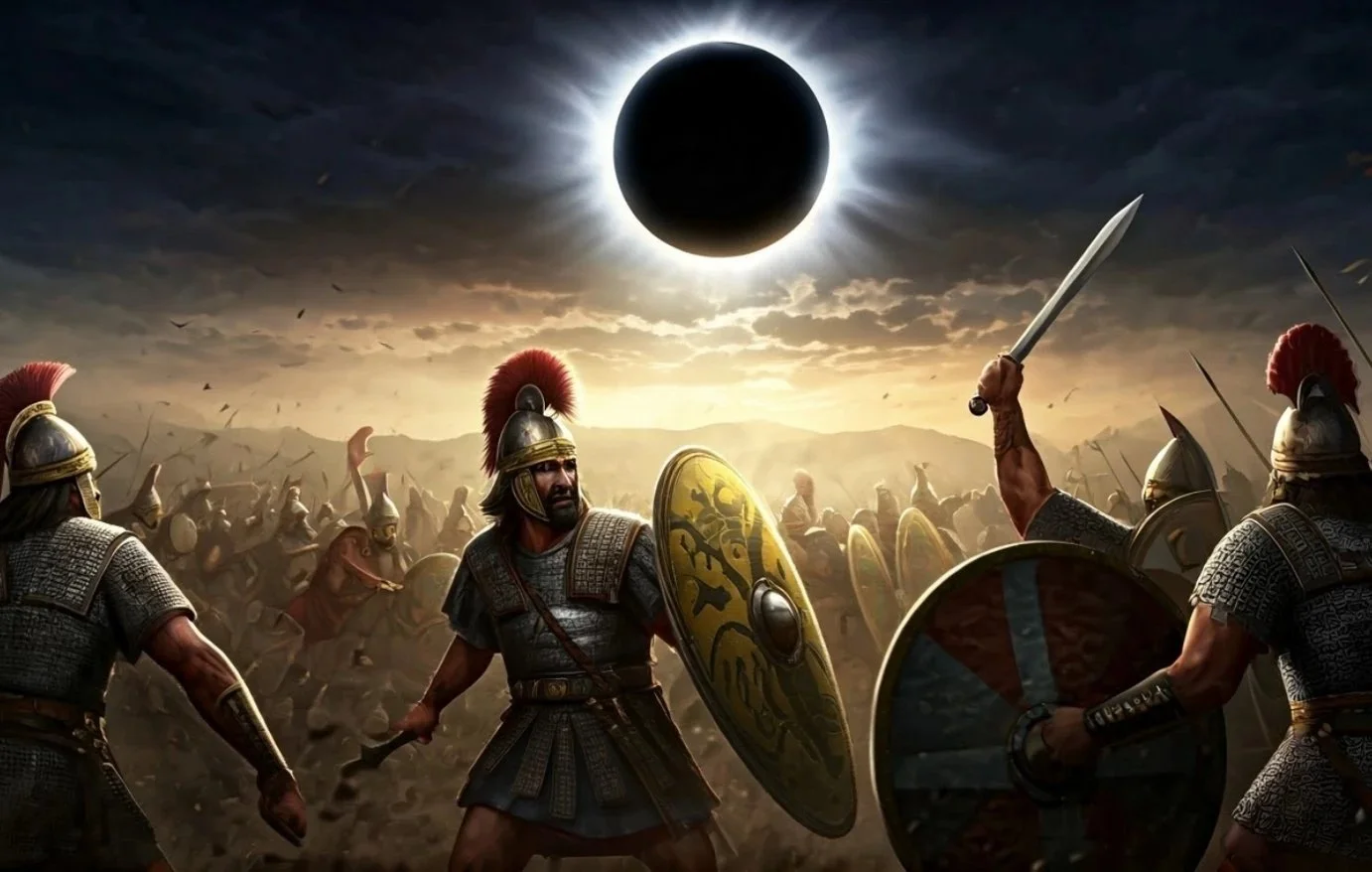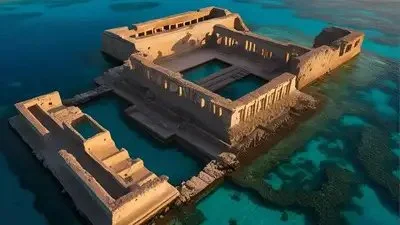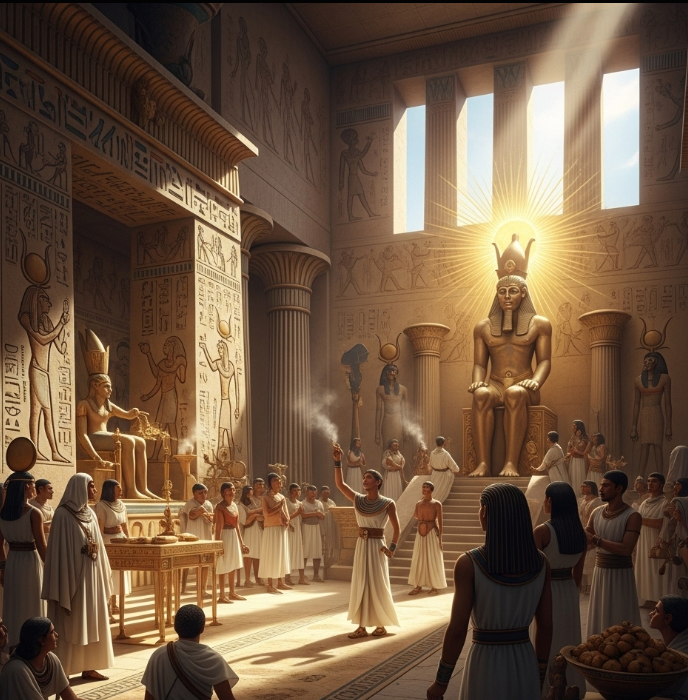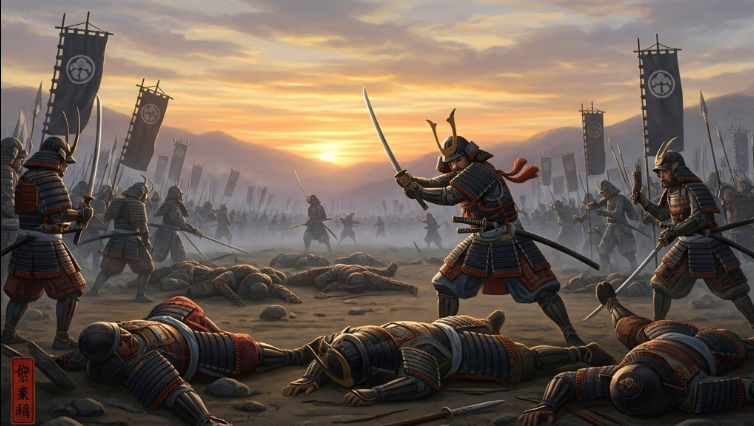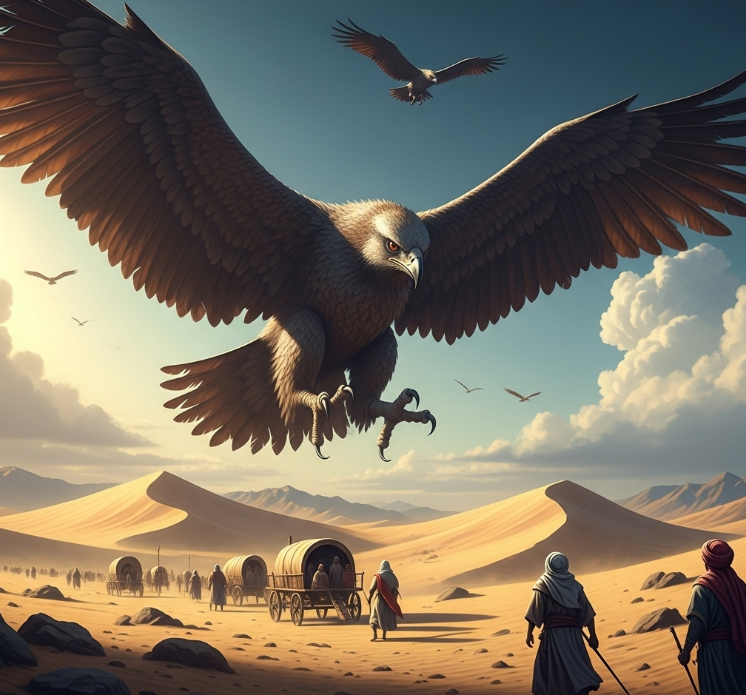A Trojan Echo in Clay: Hittite Tablet Discovery Reinforces Homeric Traditions
A remarkable new discovery has emerged from the archives of Hittite texts, shaking the very foundations of how we perceive the Trojan War and its historicity. Unearthed and recently published under the auspices of Oxford’s Michele Bianconi, this newly deciphered tablet—Keilfischurkunden aus Boghazköi 24.1—offers what could be one of the most tantalizing written connections between Bronze Age Anatolia and the epic tradition that culminated in Homer’s Iliad.
While previous Hittite records have referenced familiar names—Wiluša for Ilion/Troy, Ahhiyawa for the Achaeans, and figures such as Alaksandu and Attaršiya (possibly Atreus or an early Achaean leader)—this tablet goes further. It not only reinforces the geopolitical dynamics of the Late Bronze Age but also provides an unprecedented literary fragment that suggests a native Luwian poetic tradition dealing with the fall of Troy existed centuries before Homer.
Summary of the Text and Context
The tablet recounts a royal correspondence between a Hittite monarch and an individual named Pariyamuwa, who is likely a regional king or vassal, possibly of Taruiša (Troy). Early lines reference a known figure from Hittite records—Attaršiya of Ahhiyawa—and his sons attacking Taruiša. This narrative is consistent with the CTH 147 ("The Indictment of Madduwatta"), where Attaršiya was already depicted as a formidable Achaean figure operating aggressively in western Anatolia.
What is striking here is not merely the continuity of these geopolitical motifs but the inclusion of a Luwian poetic fragment towards the end of the tablet, apparently describing the fall of Wiluša (Troy). This rhythmical line—“they sing in Luwian (of) the destruction of steep (?) Wiluša: ‘The wrath, o god(dess), si[ng…’”—bears a chilling resemblance to the famous opening of Homer’s Iliad: “Sing, goddess, the wrath of Achilles…”
Analysis: Bridging Hittite History and Homeric Epic
Until now, scholars of Aegean prehistory and oral tradition were left largely to conjecture when linking the Hittite archives with Homer’s poetry. We had political evidence for the existence of a city named Wiluša (Troy), and we understood that Ahhiyawa represented a western power with a Greek-speaking elite. What remained elusive was a literary—or at least semi-literary—bridge.
This tablet offers, for the first time, a suggestion of a poetic corpus in the Luwian language, apparently chronicling the fall of Troy. While fragmentary, the passage demonstrates a rhythm likely intended for oral performance. The dactylic or spondaic structure—coincidentally echoing Homer’s hexameter—could hint at a broader epic tradition within Anatolian courts, possibly older than the 8th-century BCE composition of the Iliad.
The Luwian poetic line referencing divine wrath and destruction further suggests thematic and formal parallels with Greek epic tradition. Given that Troy was an Anatolian city and that the region hosted a bilingual (or even multilingual) population—including Hittites, Luwians, and other Indo-European groups—the existence of a local narrative tradition about Troy's fall is both plausible and now tentatively evidenced.
The Question of Prehistoric Texts and the Trojan War
This discovery reignites a central scholarly debate: Did Bronze Age Anatolia possess its own narrative tradition about Troy's fall, separate from or ancestral to Homeric poetry?
So far, no long-form poetic texts concerning the Trojan War have been found from the Late Bronze Age. While the Mycenaeans left Linear B tablets, these were purely administrative and offered no mythological content. The Hittites, on the other hand, maintained an archive of myths, treaties, and diplomatic correspondence, yet—until now—no definitive poetic narrative about Wiluša's destruction had been identified.
This new tablet changes the game. If this Luwian line is truly part of a broader epic or lament, it suggests that the oral tradition of Troy’s fall was already present in second-millennium Anatolia, possibly passed down among court singers, bards, or scribes long before the Homeric bards of Ionia ever took up the lyre.
Such a tradition could have traveled westward or been inherited by Greek-speaking populations of the coast, eventually morphing into the Iliad. Alternatively, the Iliad may be a Greek reworking of a shared Indo-European mythic repertoire, adapted to the political realities and cultural memories of Iron Age Greece.
Conclusion: Clay Voices and Echoes of Ilion
This Hittite tablet, in its modest clay form, may represent one of the most important finds in the quest for the historical and literary origins of the Trojan War narrative. While the evidence is fragmentary and requires cautious interpretation, it provides an unparalleled glimpse into how the Anatolians themselves—particularly the Luwians—remembered or imagined the fall of Troy.
Was Homer merely echoing songs sung in Wiluša, in a language now mostly forgotten? Were the first bards of Troy Luwian-speaking poets whose verses have only now begun to resurface?
Only time—and more tablets—will tell. But for now, this small fragment from Boğazköy reverberates with a long-lost voice, reminding us that history and myth were always entangled, and that in the clay of forgotten archives, epic still sleeps.





















































